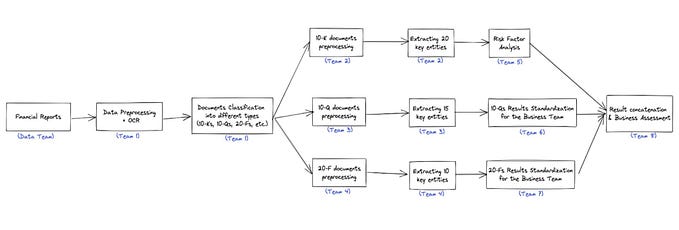Member-only story
20 years of the Economy of Creativity and Innovation. What’s next?
A few long term forecasts for discussion.
The 'Creative Economy' concept was introduced by BusinessWeek in August 2000. In 2002, Richard Florida’s book 'The Rise of the Creative Class. And How It’s Transforming Work, Leisure and Everyday Life' was published. Since then, interest in the phenomenon of creativity has acquired a global scale — in the face of severe challenges, the topic of creative thinking has become irresistible. Millions of people have wanted to unleash their creative potential in order to become part of the 'creative class' to more effectively address global issues.
Another milestone was passed in 2010, when the subject of Neuroscience of Creativity had become the agenda of the most advanced scientific centers in the USA, Europe, Israel, China. With time, the cognitive neuroscience of design creativity has become a pivot topic of many leading design thinking schools.
But what's next?
Below, we share our vision on the long term perspectives for the Creative Economy, in general, and areas related to New Product Development and Futures Research, in particular. Hopefully, some provocativeness of these ideas may stimulate discussion.









